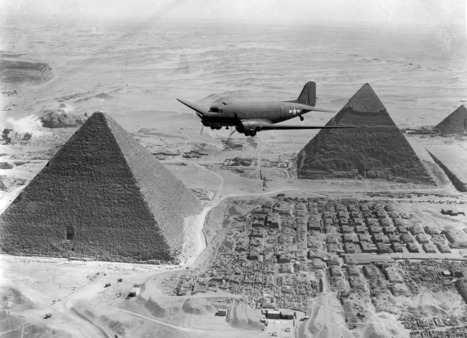After the successful Allied invasions of western France, Germany gathered reserve forces and launched a massive counter-offensive in the Ardennes, which collapsed by January. At the same time, Soviet forces were closing in from the east, invading Poland and East Prussia. By March, Western Allied forces were crossing the Rhine River, capturing hundreds of thousands of troops from Germany's Army Group B, and the Red Army had entered Austria, both fronts quickly approaching Berlin. Strategic bombing campaigns by Allied aircraft were pounding German territory, sometimes destroying entire cities in a night. In the first several months of 1945, Germany put up a fierce defense, but was rapidly losing territory, running out of supplies, and running low on options. In April, Allied forces pushed through the German defensive line in Italy, and East met West on the River Elbe on April 25, 1945, when Soviet and American troops met near Torgau, Germany. Then came the end of the Third Reich, as the Soviets took Berlin, Adolf Hitler committed suicide on April 30, and Germany surrendered unconditionally on all fronts by May 8 (May 7 on the Western Front). Hitler's planned "Thousand Year Reich" lasted only 12 incredibly destructive years. (This entry is Part 17 of a weekly 20-part retrospective of World War II)
Research and publish the best content.
Get Started for FREE
Sign up with Facebook Sign up with X
I don't have a Facebook or a X account
Already have an account: Login
 Your new post is loading... Your new post is loading...
|
|












